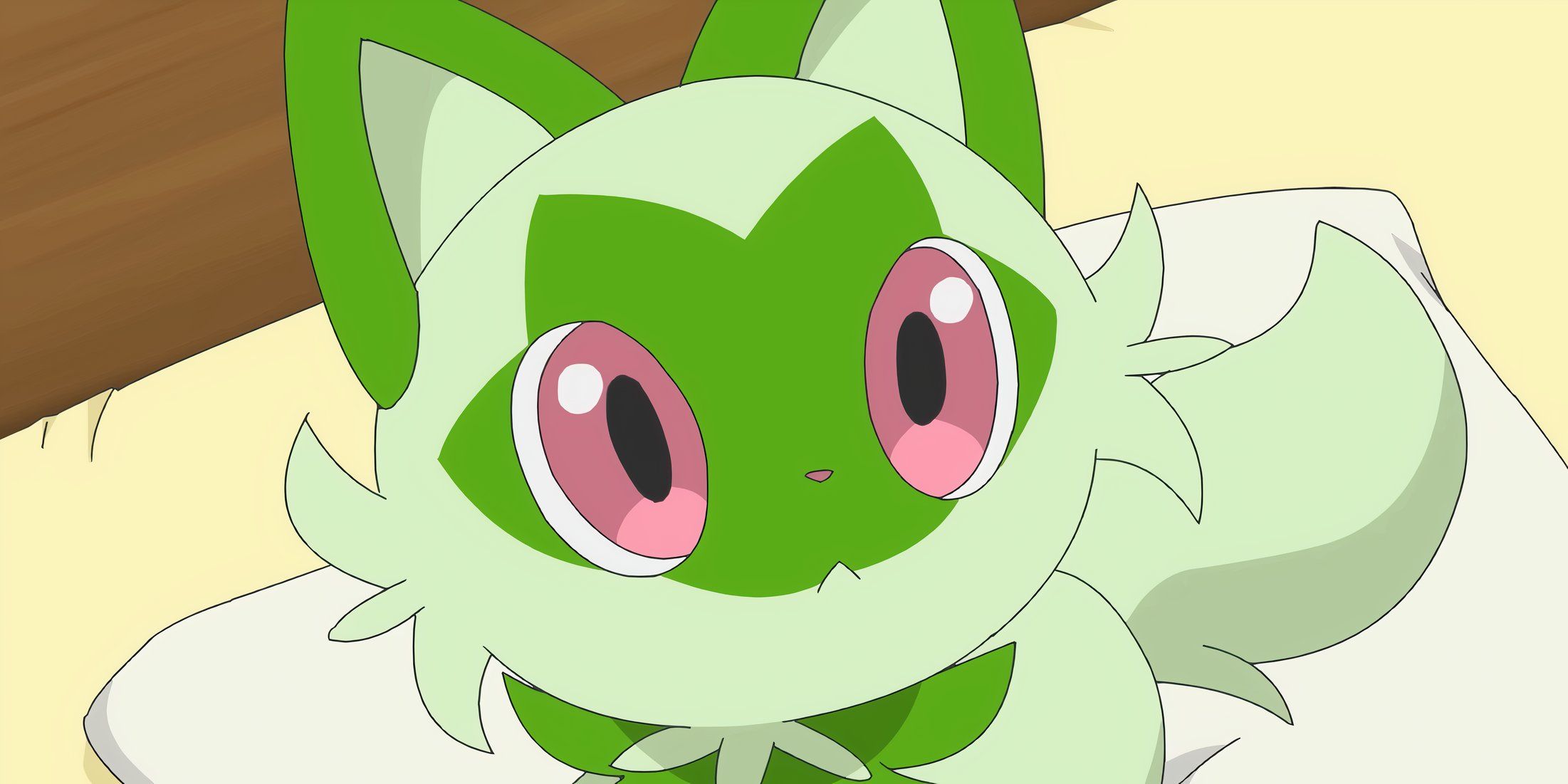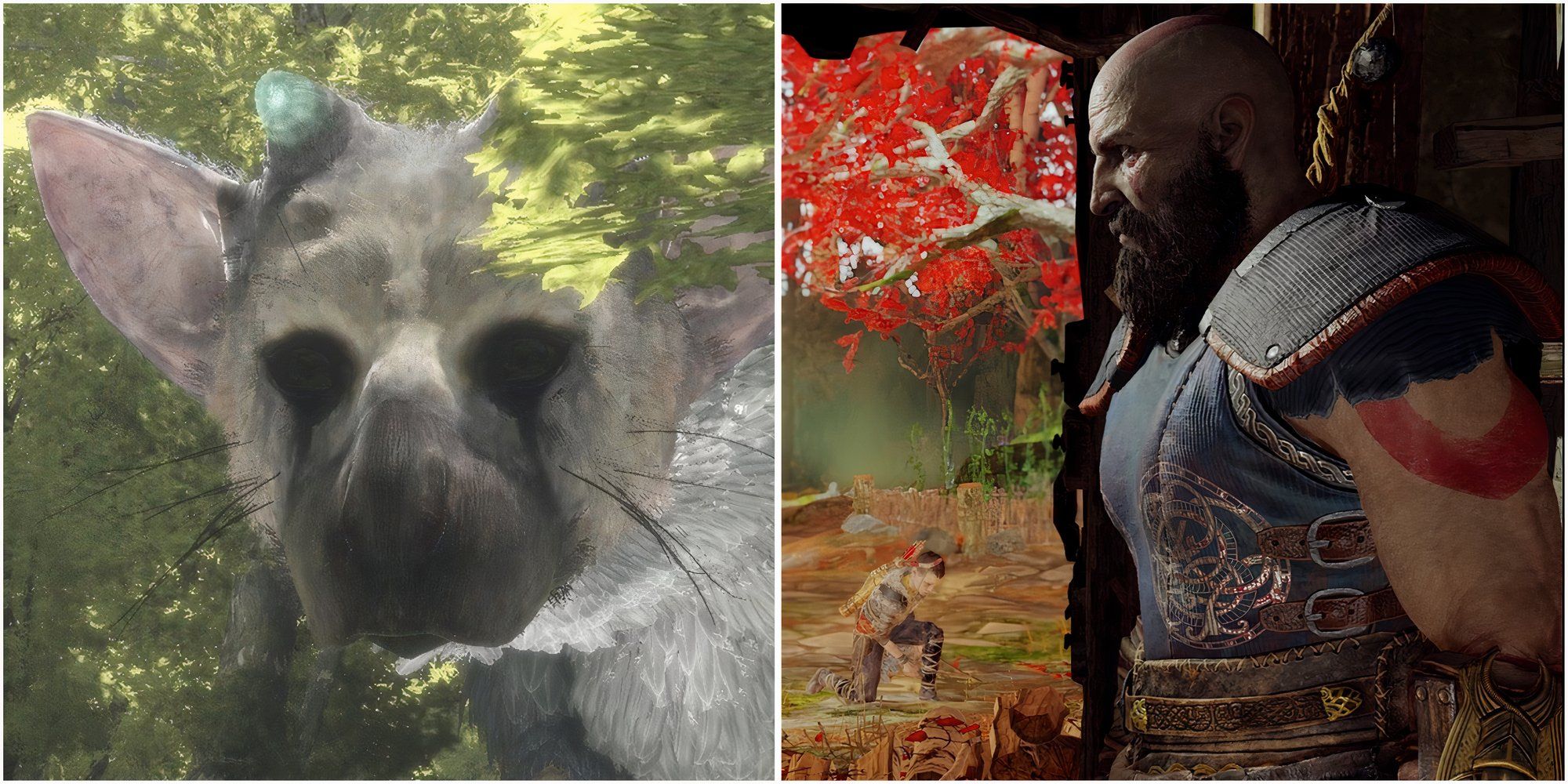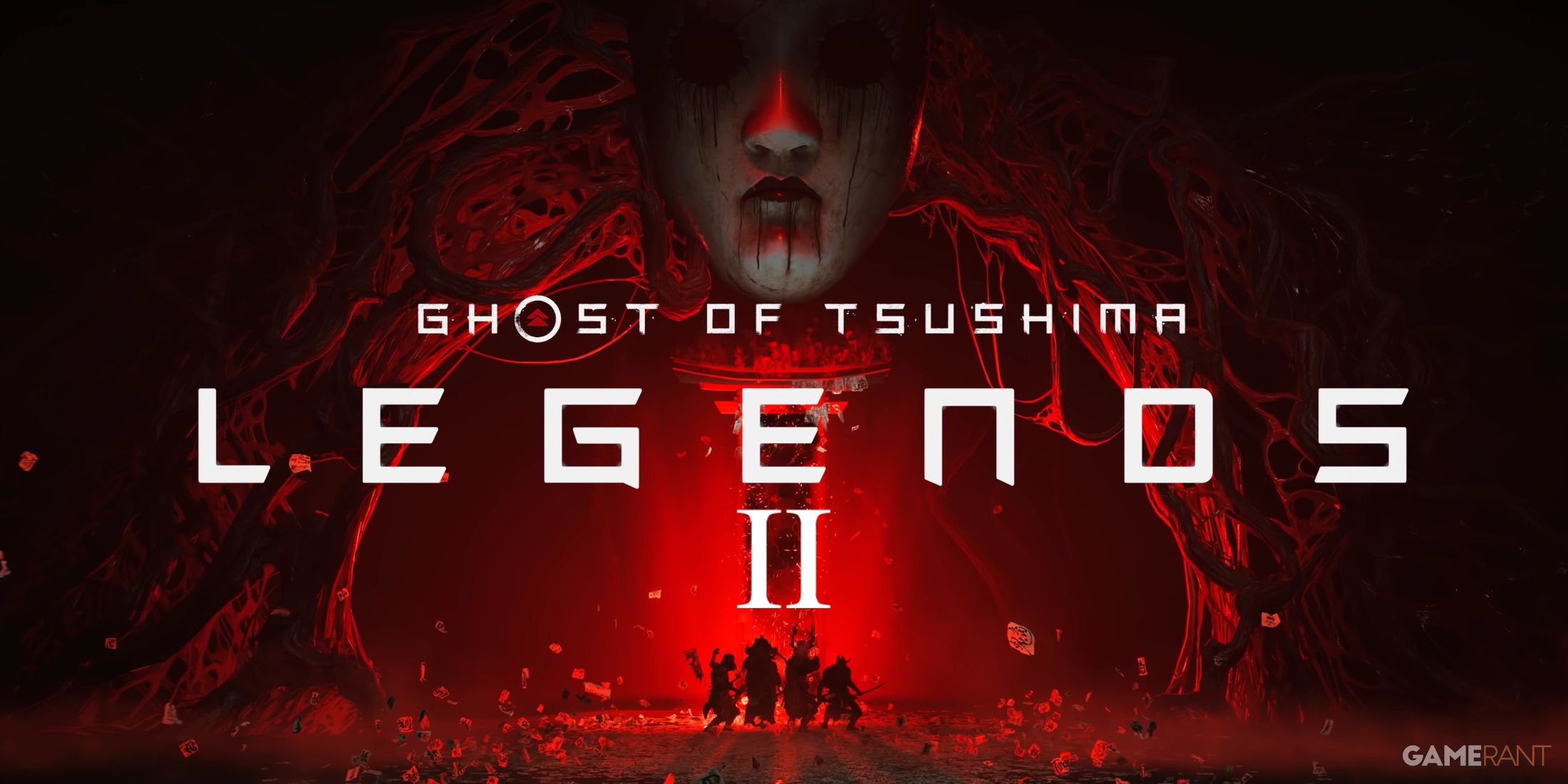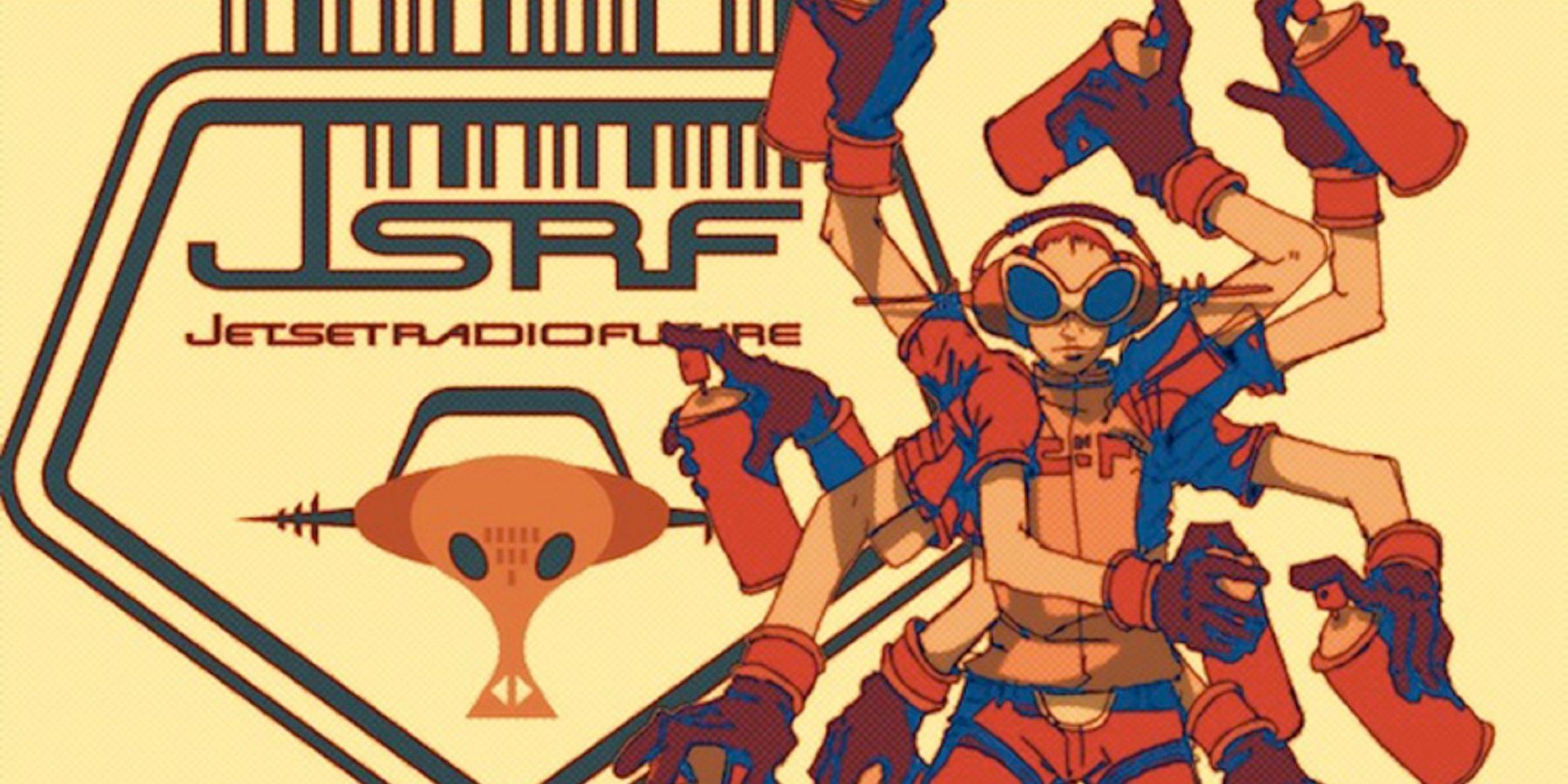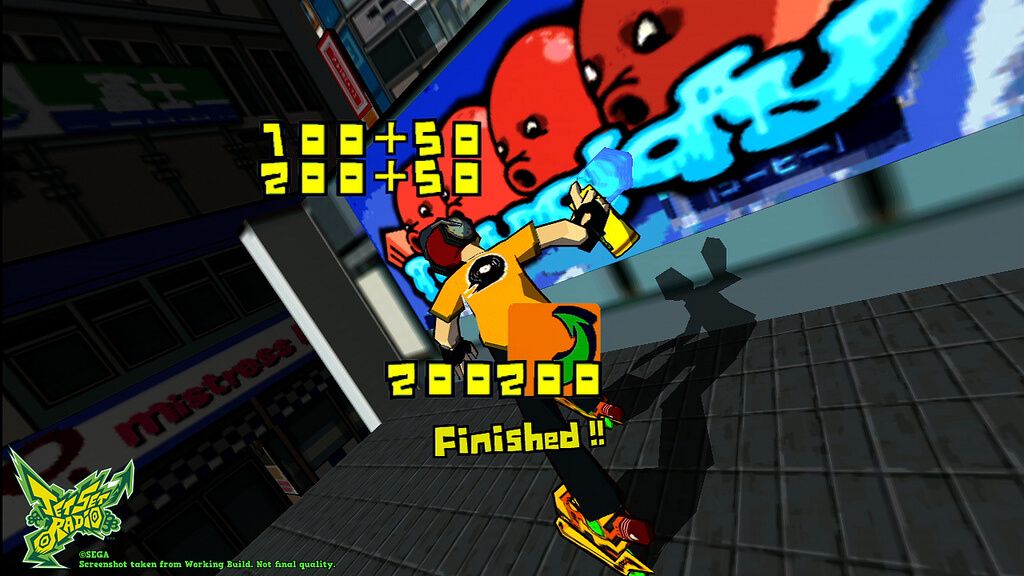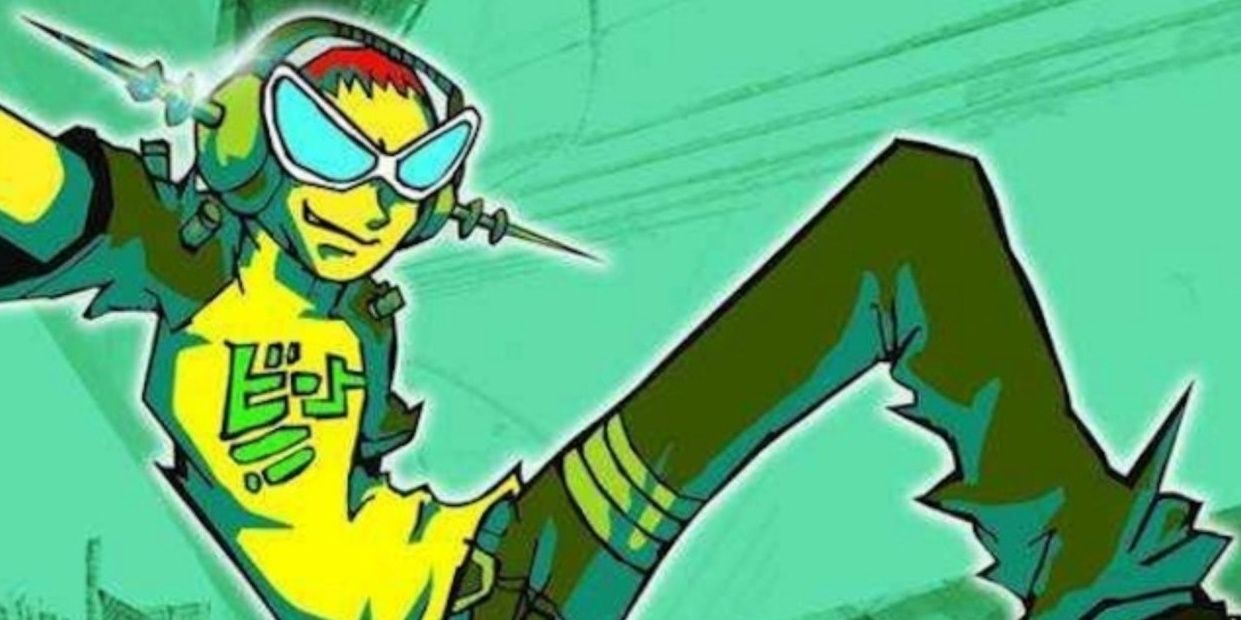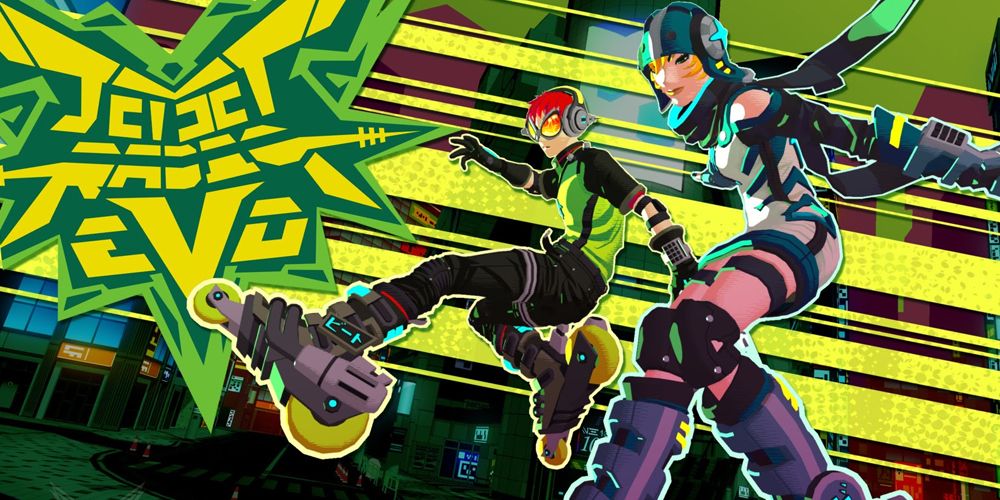It can be hard to say what precisely makes a game work, especially when dealing with a cult classic. This applies especially when dealing with Jet Set Radio Future, a game that is far more than the sum of its parts. The 20th anniversary of Sega's iconic and irreverent platforming/skating game is a good time to look back on everything this title — and its predecessor — accomplished. After all, while Jet Set Radio Future is technically considered a sequel to the original Jet Set Radio, it's more of a remix. Most of the same themes carried over, the narrative is functionally identical, and the whole thing got a fresh coat of paint.
However, when it comes to a game that runs on atmosphere and style as much as it does gameplay design, that fresh coat of paint can mean the world. Both versions of Jet Set Radio begin with a simple premise: In the futuristic city of Tokyo-to, a bunch of teenagers and young adults have strapped on roller skates and taken to the streets. These young rebels, known as rudies, form into gangs and compete for territory by spraying graffiti all over the place. All while listening to some of the best and most unique music the industry has to offer. This blend of simple and delightfully bizarre charmed many who gave the games a chance, and there are fans of the Jet Set Radio games still waiting for remasters, even today.
A Short History of Jet Set Radio Future
While the original Jet Set Radio laid down what gamers could expect from the series, Jet Set Radio Future firmly established a fresh aesthetic and slicker mechanics. Tokyo-to got a major design overhaul, the skating mechanics became much faster, and a good chunk of the characters were reimagined with a fresh style. Plus, the already grunge-leaning cast became increasingly punk with elements of over-the-top anime fashion added. This could have hurt the game's feel, but given how surreal and anarchic Jet Set Radio Future is, the style ended up lending itself well to the title. The look and overall vibe of Jet Set Radio Future went down in gaming history.
The remixed story of Jet Set Radio Future brought the previously obscure character Yo-Yo to prominence. In the original game, he was an unlockable character with a minimal role, but Jet Set Radio Future made him the first character players can use. While neither game can be called plot-heavy, a good chunk of Jet Set Radio Future's plot revolves around Yo-Yo being kidnapped by the Noise Tanks — a robot gang constructed by the Rokkaku Group to sabotage the heroic gangs.
Both Yo-Yo and series poster boy Beat even have robotic doppelgangers that the player must face down and overcome. It would be easy to dismiss these robotic replacements as a purely stylistic choice, but when it comes to Jet Set Radio Future, the style itself message.
Sheer Unfiltered Style
The style of Jet Set Radio Future is iconic for good reason. Although the original Jet Set Radio pioneered the use of cel shading in video games to create cartoony character models and backgrounds, Jet Set Radio Future perfected the series' iconic look. This comes through in every aspect; from the in-game graffiti to the surprisingly sensible city layouts. However, nowhere is this distinct sense of style more obvious than in the updated character designs. Some characters were completely overhauled, like Yo-Yo, while others, like Gum, are recognizable but clearly streamlined for a fiercer, more high-octane setting.
The single clearest example of this art style shift may be Beat, one of the most popular and prominent characters in the series. Beat was the first character gamers played as in the original Jet Set Radio, where he was a scrawny redheaded kid whose outfit looked way too big for him, including his glasses and headphones. Jet Set Radio Future reimagined Beat as an older teenager with a manic grin, a graceful frame, and a distinct cyberpunk flair. Beat's new design radiates a sense of danger and adrenaline that his original design didn't possess, which fits the faster pace and higher stakes of Jet Set Radio Future perfectly.
Anarchy and Graffiti Reign
It's very difficult for a game published by a large corporation to be truly counterculture, but Jet Set Radio Future manages it through a mixture of surreal attitude, playful anarchy, and sheer unfiltered style. From its graffiti mechanics, to its punk character designs, to the constant need to flee the law, what could have been a bland sequel to a quirky rollerskating game transformed into an iconic cult classic. The game presents its artistic and rebellious spirit in a very similar way to similarly crafted indie games. Jet Set Radio Future declares that graffiti and skating are a resistance against corporate oppression, a way to rally like-minded spirits together, and a lifestyle. Add in a distinctly cartoony art style that still looks good today, and the result is as fun as it is genuinely critical of society.
Although Jet Set Radio Future's story and gameplay are over-the-top, they're presented in a way that makes gamers think. The rudies are basically teenage graffiti artists with a knack for roller skating. There's no reason for the police to go after them, much less the military or even hired assassins. The authorities are in the pocket of the Rokkaku Group, and the Rokkaku Group wants to stop the rudies not because they're actually doing anything wrong or dangerous, but because they've found a form of happiness that isn't reliant on what the conglomerate offers. It's this punk sensibility that helps make Jet Set Radio Future so powerful.
20 years later, Jet Set Radio Future is still a counterculture masterpiece. It's a landmark in video games in which its importance comes less from its story and mechanics, and more from the unique soundtrack and chaotic experience of playing it — an experience that still has fans campaigning for more to this day. Even as modern gaming aesthetics move away from the game's bright colors and punk outfits, the playfully anarchic atmosphere it creates remains as striking as ever. One thing is clear: Jet Set Radio Future is still inspiring new games to follow in its footsteps.

